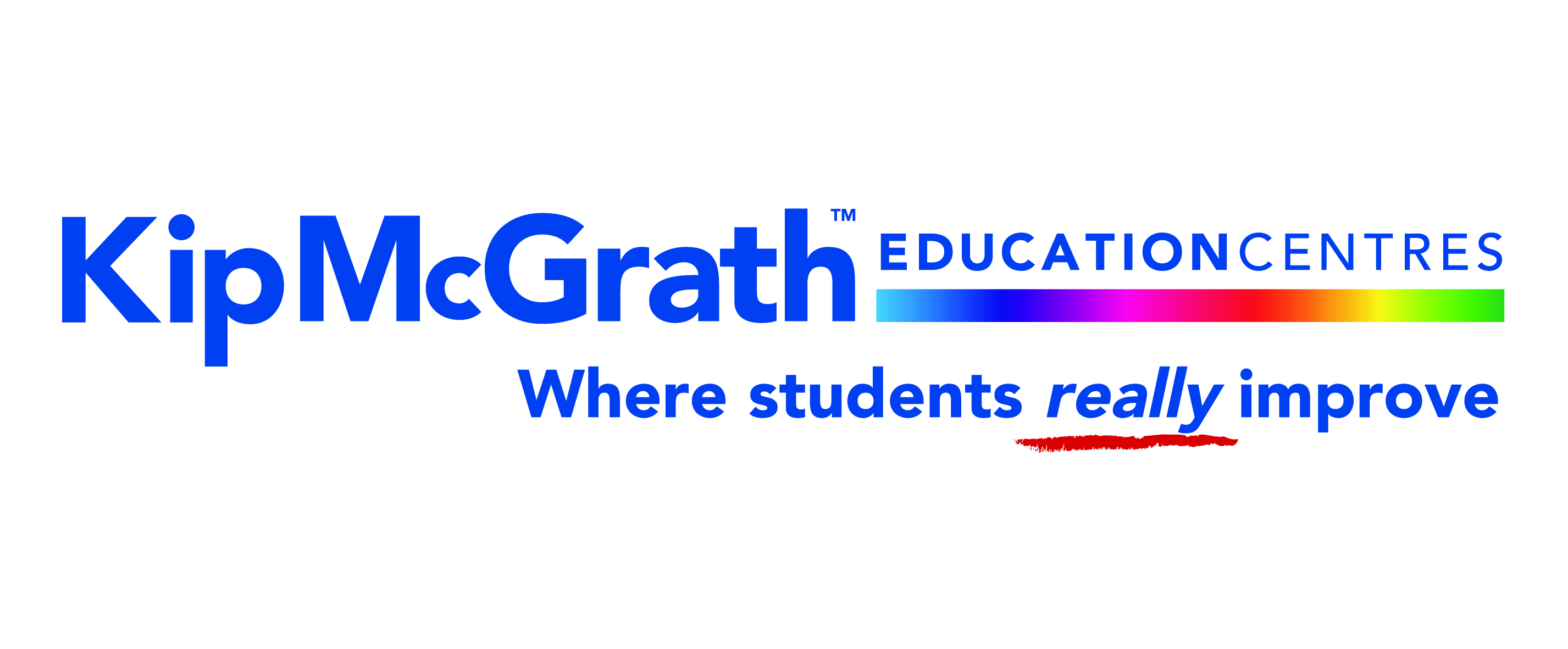In touch with the school desk of the future

The ink-stained wooden school desk adorned with the scratched initials of generations of pupils could be consigned to the scrapheap.
Academics have invented an interactive “smart” desk that they claim will be used by children in the future. They are describing the new furniture as being part of the “Star Trek classroom”.
Researchers from Durham University designed desks that incorporate a screen like a giant iPad, but are much more robust and can be used by more than one child at the same time.
They are similar to the interactive whiteboards used by teachers that have replaced blackboards and chalk in most schools.
The desks can recognise multiple touches on the desktop using a vision system that sees infrared light. These central screens are linked by a network with those in other desks, and all are connected to a main smartboard controlled by the teacher.
Academics worked with 400 pupils, mostly aged 8 to 10, and found the desks helped to improve results in maths compared with working with pen and paper.
Up to four children at a time can sit around the desks, and the teacher can send varying tasks to different tables. He or she can also send one group’s answers to the next group, for them to work on, or to the main whiteboard for a class discussion.
A live feed of what answers children are giving goes directly from the desks to the teacher, who can intervene quickly to help an individual while allowing the group work to continue.
Liz Burd, the lead researcher from the university’s School of Education, said the three-year project set out to build technology into the fabric and furniture of the classroom.
The toughness of the new desks had been tested by allowing academics to sit on them, spill their coffee on them, and bringing in their babies to crawl on them.
Professor Burd believes the desks could become more widespread in the next three to five years.
She said: “We wanted to encourage far higher levels of active student engagement, with knowledge obtained by sharing, problem-solving and creating, rather than by passive listening.
“We found our tables encouraged students to collaborate more effectively. We were delighted to observe groups of students enhancing others’ understanding of mathematical concepts. Such collaboration just did not happen when students used paper-based approaches.
“They were able to work together in new ways to solve and answer questions and problems, using inventive solutions.”
The desks allow all students to take part, as opposed to one individual dominating or writing down the answers.
“Children don’t have to take turns,” Professor Burd said. “Each person sitting around the table can write or highlight things at the same time.
“For example, they could be set the task of generating as many different mathematical equations as possible that reach a certain value. One child could be working on addition, one on subtraction, one on multiples of fives, rather than one person typing in the answers that everyone shouts out.”
Academics used the desks to work with 12 different schools and, although the focus was on maths, said they could be used for any subject.
The desks currently cost about £1,500 to manufacture, but Professor Burd said that was not expensive when compared with the price of four laptops and four desks, and was likely to fall if they became widespread.
She added: “We had them specifically built but they could become part of the normal fabric of the classroom.
“We don’t want them to become like the sandpit or trampoline, and only used on special occasions — they should be part of everyday school life and used for all normal educational activities.”

Recent Comments